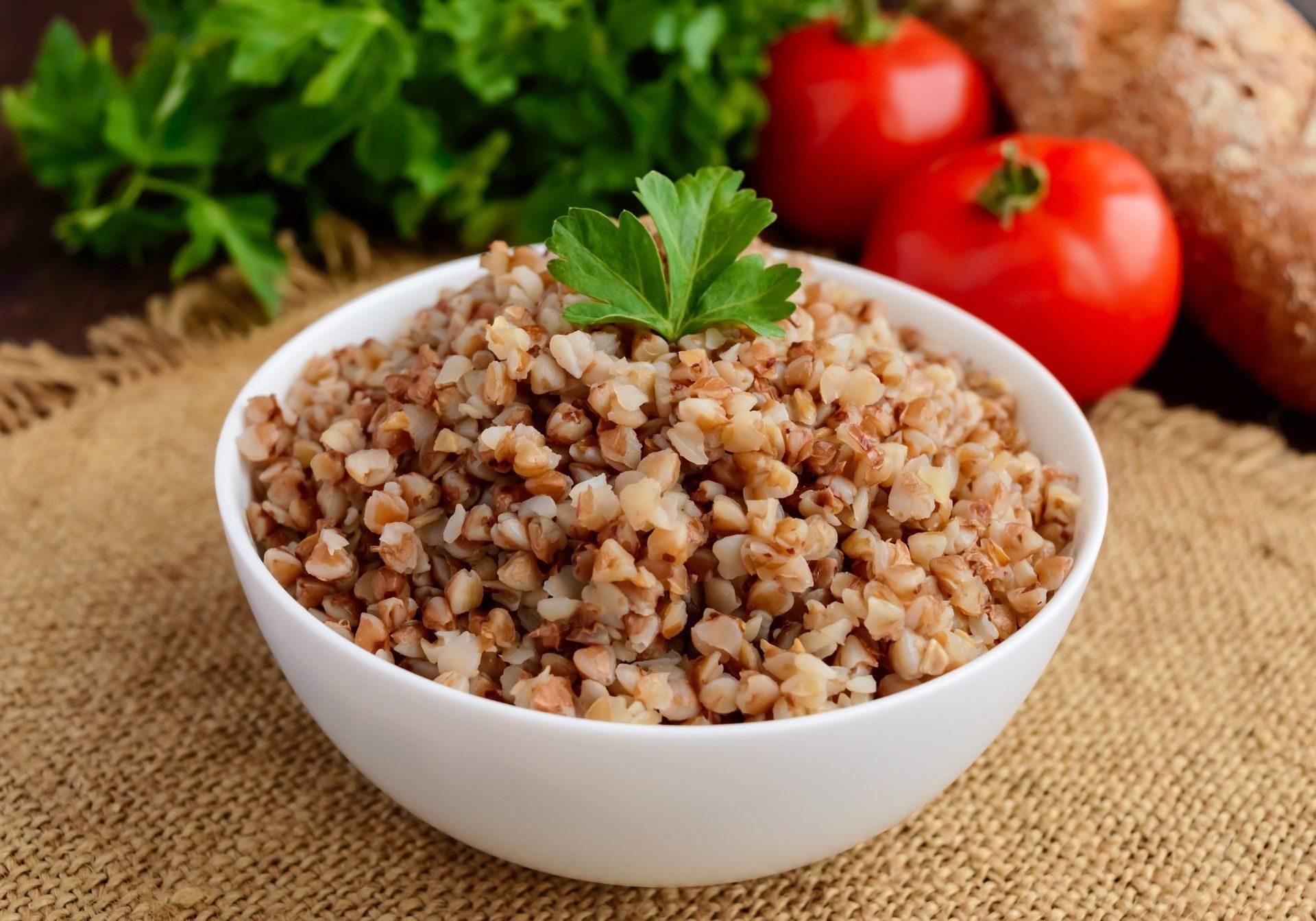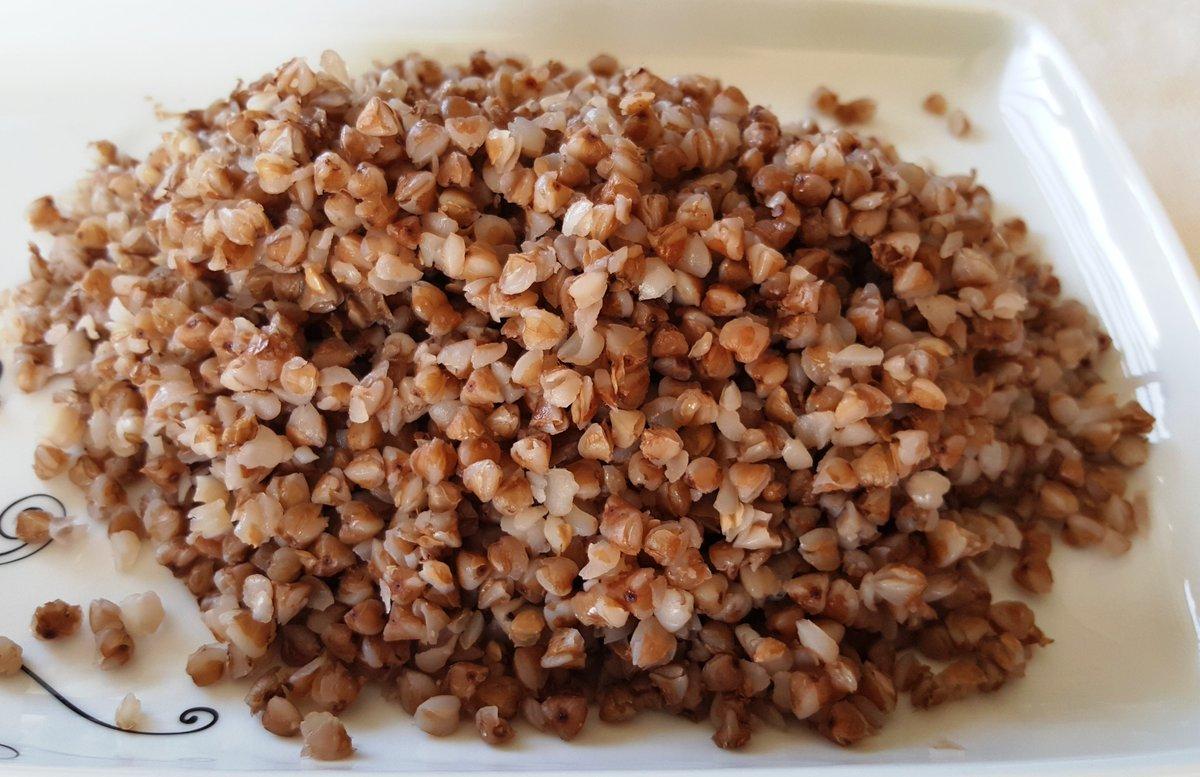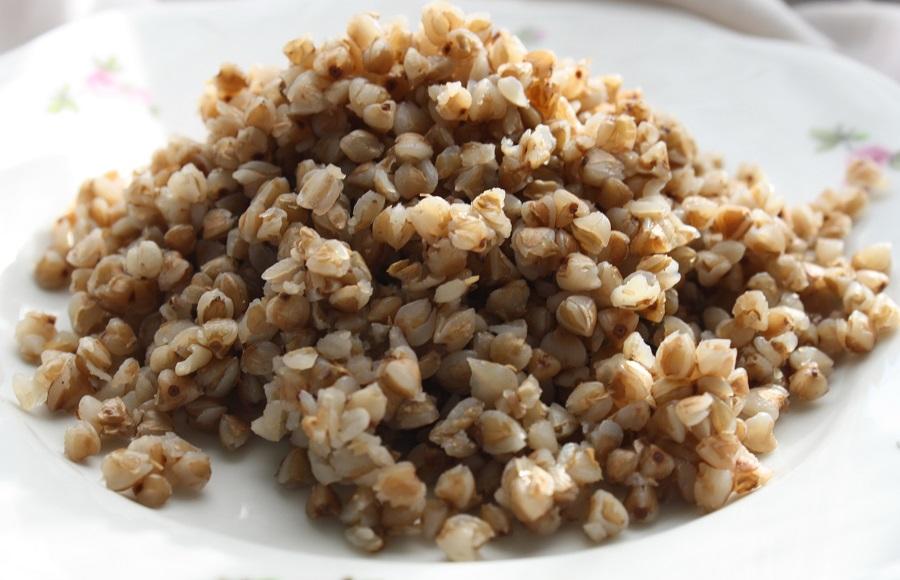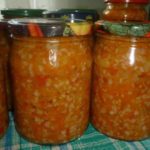In order for ready-made buckwheat porridge to retain its taste and benefits for as long as possible, it must be stored correctly. Storage periods and conditions are determined by the type of cereal and the method of its preparation. If the cereal has been in the bag for a long time, it is recommended to check its expiration date and make sure the product is fresh before use. So how long can boiled buckwheat be stored and what is the shelf life of cooked cereal?
The benefits of boiled buckwheat
A fresh product brings more benefits to the body than one that has been stored for several days.However, yesterday's buckwheat porridge has a beneficial effect on health. By using this product you can get the following results:
- Get rid of excess weight. People who want to lose weight should eat buckwheat porridge as a side dish. This product is also suitable for a fasting day. If you replace pasta or potatoes with it, you will be able to cope with excess weight very successfully.
- Saturate the body. Buckwheat contains a sufficient amount of calories. Therefore, after consuming it, a person can feel pleasantly full for a long time.
- Provide the body with proteins. For vegetarians, buckwheat even helps replace meat. This cereal is recommended for people who suffer from low hemoglobin levels. With the help of buckwheat you can increase it.
- Improve the condition of the cardiovascular system. Cereals contain folic acid, which has a beneficial effect on vascular health.
- Cope with intestinal pathologies. The product contains a lot of fiber and vitamins that are required for normal digestion.
- Saturate the body with minerals. Buckwheat contains a lot of iron, phosphorus, and magnesium. It also contains fluorine, calcium and other valuable substances.
- Improve your sleep. To do this, you can use a pillow stuffed with buckwheat husks. These products help you fall asleep faster at night.
How long does boiled buckwheat last?
In order for boiled cereal to bring maximum benefit to the body, it is recommended to consume it immediately after cooking. Cooled and heated product remains in the stomach longer and is less digestible.
At room temperature
In this case we are talking about parameters of +15-25 degrees. Rooms may vary in humidity and air circulation. It is important to consider that the temperature in the kitchen is always higher. This is due to the fact that a gas or electric stove is periodically used there. At an average temperature of +18-22 degrees, porridge cooked in water can be left for a maximum of 4 hours.
If vegetables, milk, butter, mushrooms, meat and other ingredients were added to the dish, its shelf life is reduced to 1.5-2 hours. It is worth considering that pathogens multiply quickly in boiled porridge in a warm room. Such a product can cause poisoning of the body.
In the refrigerator compartment
Boiled buckwheat has a shorter shelf life than raw buckwheat. To prevent the porridge from spoiling in a few hours, you need to immediately put it in the refrigerator. However, the shelf life of the finished product differs depending on the preparation method:
- Buckwheat boiled in water without adding oil can be stored in the refrigerator for a maximum of 1 week. But from day 4 the product will lose its taste, aroma and beneficial properties. If oil has been added to the porridge, it can be stored for a maximum of 3 days.
- Buckwheat with added meat cannot be stored for a long time. The shelf life of porridge with chicken fillet is a maximum of 3 days. If the dish was prepared with pork or beef, its shelf life is reduced to 1-2 days.
- Buckwheat cooked with milk has the shortest shelf life. It must be eaten immediately after preparation. The maximum permissible storage period in the refrigerator does not exceed a day.
- Sprouted buckwheat retains its beneficial properties for 2-3 days.
On the cool balcony
In the autumn-winter period, boiled buckwheat can be stored on the balcony for some time. In this case, it is recommended to focus on the following deadlines:
- at a temperature of 0 degrees, the shelf life is 3 days;
- at temperatures down to -5 degrees, the shelf life reaches 1 week.
It is not recommended to keep porridge on the balcony at a positive temperature - for example, +4 degrees. The fact is that in such conditions there is higher humidity than in the refrigerator. This leads to the appearance of white spots on buckwheat, which is considered the first sign of spoilage of the product.
If the temperature on the balcony is less than -5 degrees, the product will freeze. It can be defrosted in the refrigerator overnight and then eaten. However, in this case, the cereal will lose its taste and benefits.
The main difficulties of storing product on the balcony are due to the fact that sharp temperature fluctuations are often observed there. This leads to the product quickly deteriorating.
How to increase the shelf life of buckwheat
The shelf life of buckwheat in the refrigerator is affected by the quality of the cereal. When purchasing in a store, it is recommended to pay attention to the following signs:
- The expiration date of the cereal is indicated on the package. If it is nearing the end, the cooked porridge will not be able to be stored for long. In addition, its taste will not be very good.
- Package. Experts advise giving preference to packaged cereals rather than loose ones. Hermetically sealed packaging with all the necessary information inspires much more trust. In addition, it is better to buy cereals in transparent packaging. This allows you to assess the purity of the porridge and the presence of foreign black balls in it. The dirtier the product, the higher the content of microorganisms in it.
Boiled porridge has a longer shelf life if kept in a suitable container. The container must be tightly closed with a lid. The best option would be a glass container or jar with a screw cap. Glass does not allow foreign odors to pass through. In addition, after washing the container, there are no pathogens left in it.
It is not recommended to store boiled buckwheat in a plastic container. Containers made of such material are often deformed, which leads to a loose fit of the lid. This provokes the penetration of foreign odors into the container. In addition, during operation, microcracks appear on the plastic, in which harmful microorganisms multiply. Plastic containers often accumulate unpleasant odors. Moreover, it is impossible to get rid of them by washing.
Metal utensils are not suitable for storage. It can quickly become rusty when exposed to moisture. In addition, such containers, as a rule, are not hermetically sealed. Another disadvantage is the specific smell of metal, which can be transmitted to the product.
It is important to consider that buckwheat in plastic bags can only be kept in the freezer at a temperature of -18 degrees. It is not recommended to use bags for storing porridge indoors, on the balcony or in the refrigerator.
How to identify spoiled buckwheat
To identify a spoiled product, it is recommended to pay attention to the following signs:
- aroma – the product should not have a sour or damp smell;
- appearance - small villi and light plaque indicate the appearance of mold;
- consistency - sticky and slimy texture indicates that the product is spoiled.
Boiled buckwheat is considered a very tasty and healthy product that many people consume. That’s why it’s so important to know how to preserve its freshness for a long time. The shelf life of porridge depends on storage conditions and cooking method.















